No me neither! We all know about the restoration to glory of the Royal Festival Hall panorama organ in 2014, but did you know the the Queen Elizabeth Hall had its own organ? – which has been restored this year by Mander Organs, to complete the long refurbishment of the whole London Southbank complex.
The organ was built for the opening of the hall in 1967 by Flentrop of Holland, to a specification by Ralph Downes. When not required it can be lowered into underground storage, which is probably why most concert-goers have been blissfully unaware of its existence.
‘It is very much a child of its time’, says William McVicker, Organ Curator at the Southbank. ‘It was designed to take part in performances of ‘early music’ such as Handel oratorios, but was conceived a decade too early to catch the subsequent revisions of the early music movement, when historical performance styles, pitches and temperaments were examined in detail’. So pitched at A440, and tuned to equal temperament, the organ was designed for a performance practice which was almost immediately superceded. ‘It has an uncompromising 1960s neo-baroque specification,’ adds William, ‘and it’s own considerable character, which we have respected during the restoration.’
The Southbank archives record performances on the organ by Peter Hurford, Karl Richter, Gustav Leonhard, Lionel Rogg, Gillian Weir and Margaret Phillips, mainly of Bach and Handel. The first performance on the newly restored organ on Friday 5 July 2019 will be rather different: The London Contemporary Orchestra have commissioned a piece from Claire M Singer as part of the Southbank’s New Music Biennial. Claire (below with the organ) is a composer and performer who creates acoustic and electronic music – her concerto for organ and ensemble gleann ciùin will receive its world premiere on Friday 5 July 2019, before touring the UK.
As with all organists due to perform at the busy Southbank Centre, tight scheduling means Claire only gets access to the instrument late at night to rehearse. ‘It’s pulled out of its underground chamber for me, and runs onto the stage on a railway track! But I had to use this organ, not the one at the Festival Hall next door. I need an organ with mechanical action as I take an experimental approach, playing with the stops and the organ wind.’
The 15-minute piece is scored for organ with four cellos, violin, viola and two horns, and will be performed twice, with a short Q&A session with Claire between the performances. The event is free, but ticketed: full details below, along with the specification of the restored organ.
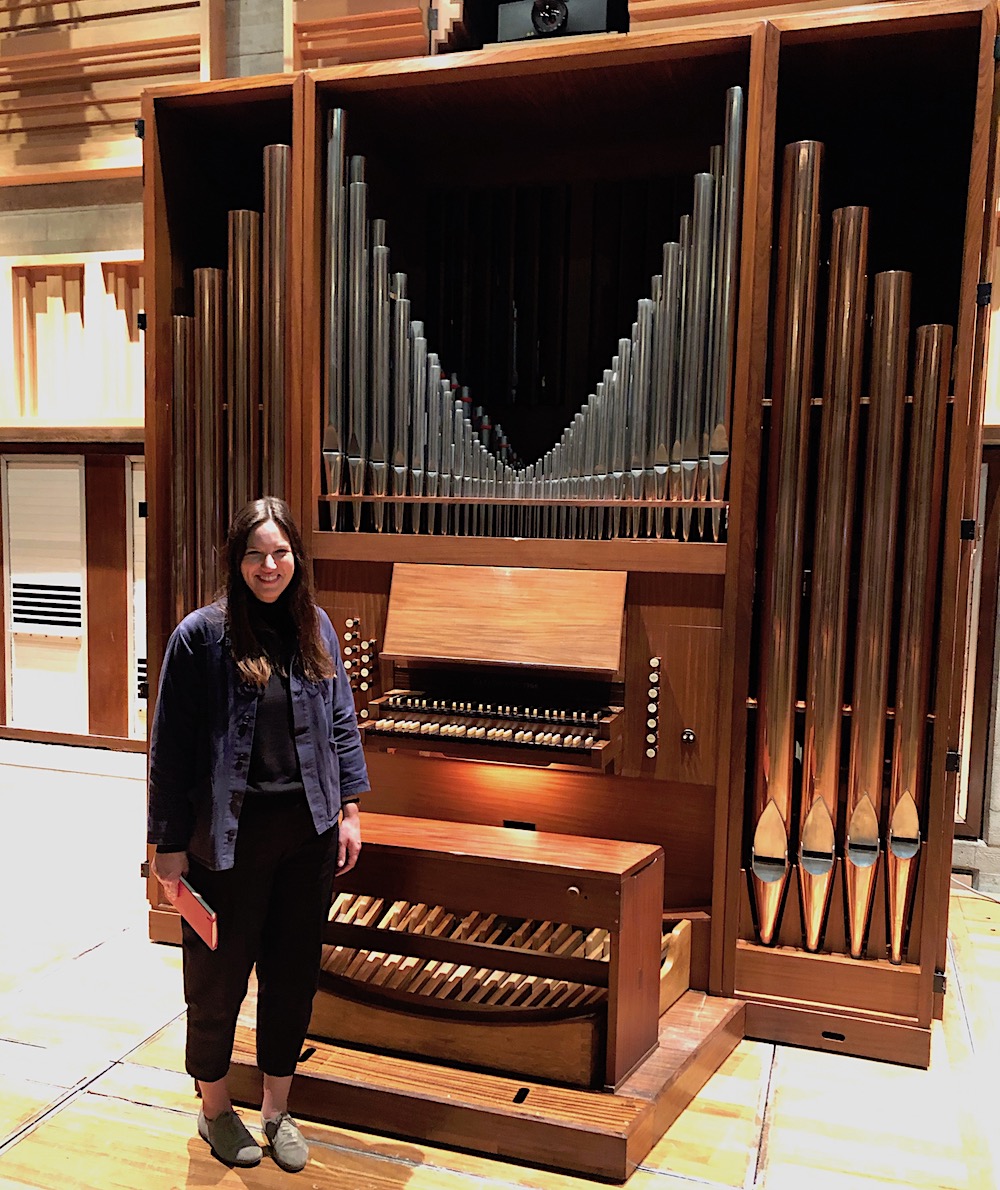
NOTE THIS PARTICULAR CONCERT TOOK PLACE IN 2019
QUEEN ELIZABETH HALL
Southbank Centre, Belvedere Road, London SE1 8XX
5 July 2019, 6.30pm
The pre-restoration specification of the QEH organ can be found on the National Pipe Organ Register. The specification post-restoration is:
Great Organ C-g3, 56 notes
Chimney Flute 8
Principal 4
Stopped Flute 4
Spitz Flute 2
Sesquialtera (treble and bass) II
Mixture III
Swell Organ C-g3, 56 notes
Stopped Diapason 8
Koppel Flute 4
Octave 2
Nasard 1 1/3
Cremona 8
Tremulant
Pedal Organ C-g1, 32 notes
Sub Bass 16
Principal 8
Stopped Flute 8
Spitz Flute 4
Couplers
Swell to Great
Great to Pedal
Swell to Pedal
Six composition pedals
Wind pressure 70mm
a1=440Hz and tuned to equal temperament

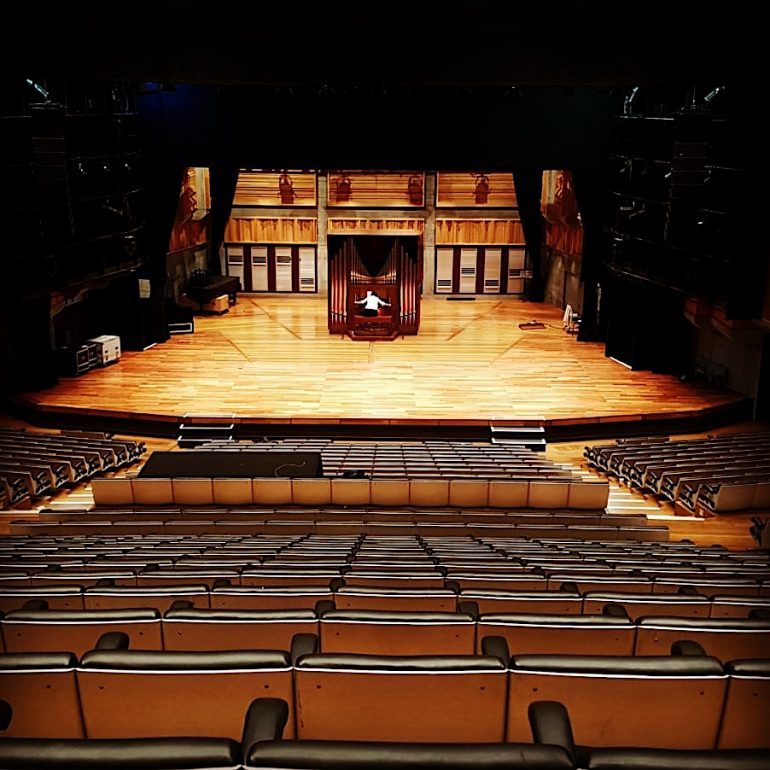
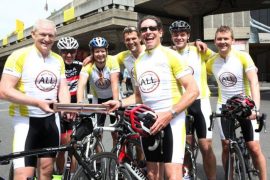
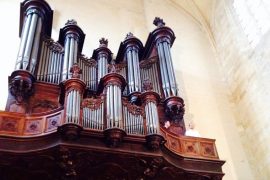
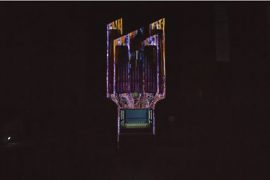
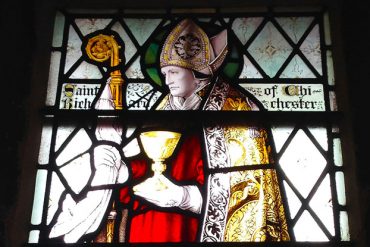
You live and learn! – what a treasure hidden away in the Queen Elizabeth Hall. Thank you for bringing to my attention. I hope it gets played regularly – best wishes
I have Claire Singer to thank for bringing it to my attention. I hope the ‘of its time’ specification doesn’t mean it is ignored again after the inauguration: must ask William McVicker if there are any plans for the future.
I loved this instrument since I first heard it way back in the 1970s. It clarity and simplicity was a delight and treat for those of us that didn’t get the chance to experience these classical instruments. I understood that it took no prisoners in performance and the acoustic of the QEH proved that. It was relatively little used but there were the odd recital series, and I think that Peter Herford was a champion for its solo use. So glad to see it back in the limelight where it belongs.
I’ve never heard it. Hope it now gets used more.
I heard Lionel Rogg play The Art of Fugue on it (including his own completion of the unfinished contrapunctus) in about 1970 or 1971. It always baffled me how the South Bank management could invest in such a little gem and then leave it to rot under the stage. Let’s hope, having probably spent more on the restoration than they did on the organ in the first place, they will make better use of it in future. However, if their policy regarding the expensively restored organ next door in the RFH is indicative, that’s not very likely.
UPDATE MARCH 2022: Another concert on this instrument coming up 3 April 2022: Organ meets piano meets percussion in a piece from organist and composer Eva-Maria Houben –
https://www.southbankcentre.co.uk/whats-on/classical-music/eva-maria-houben-gbsr-duo-together-way